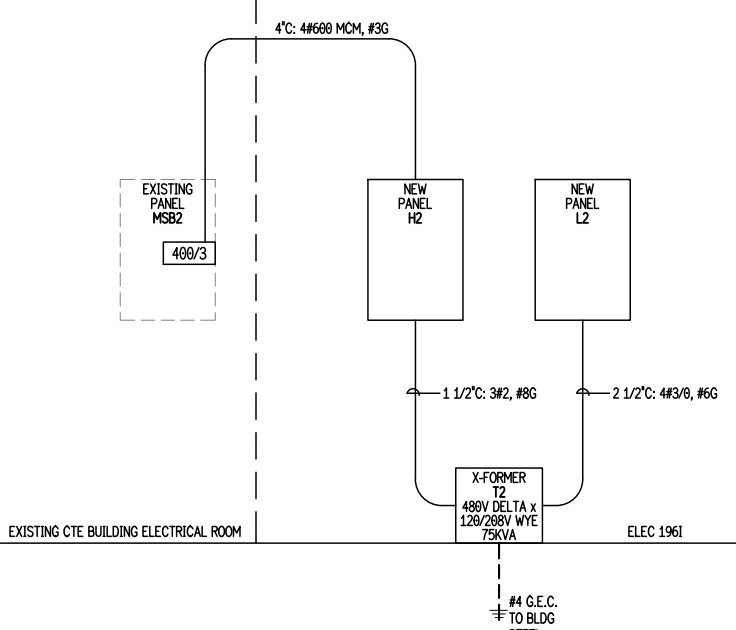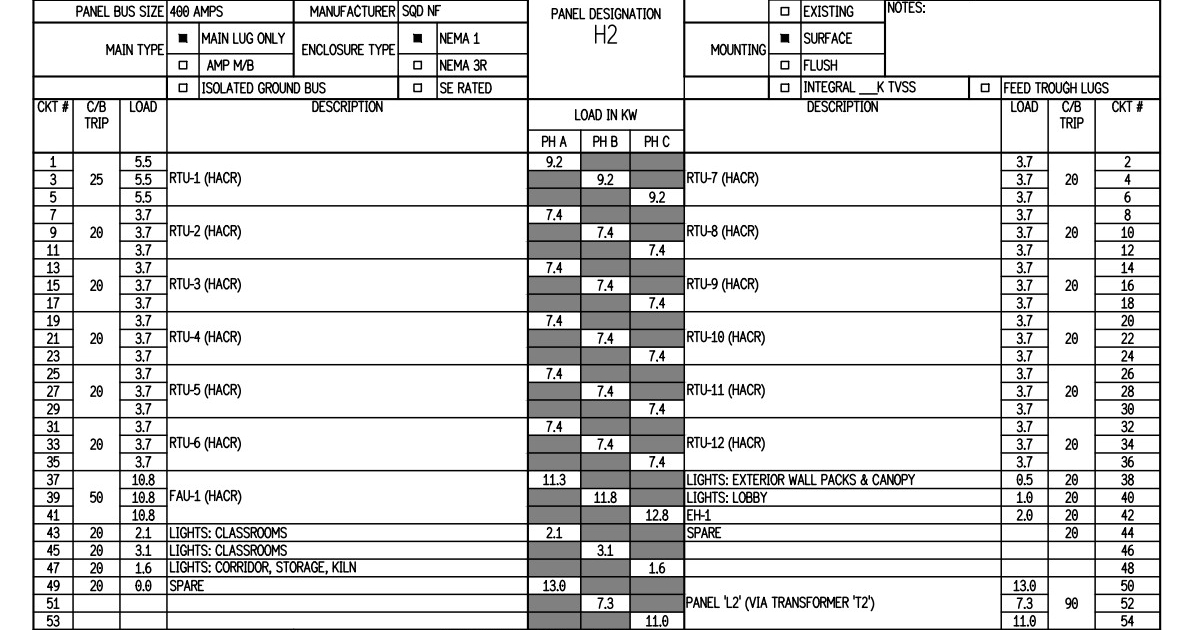How to make Electrical Estimating Easy
The easiest way to make electrical estimating easy is simple.
“Learn how to estimate”.
Stop guessing and stop trying to make it hard.
You don’t need to make estimating complicated. The goal is to provide a price that is low enough to win the project but inclusive enough that when the project is over you made money.
You have to accept that you can’t control your competition. Strive for the perfect bid for your company, and let the prices fall where they fall. The low bid is often not the best bid. You must be confident in your bidding. You should never start changing the way you bid as soon as you lose a couple of jobs. I have often had estimators call and ask about their bidding techniques after losing a few projects. These are the same estimators that have won millions of dollars of work year after year and are very successful. You must have faith in your skills to estimate. Some people call it guesstimation but in reality, a lot of the estimate isn’t guesswork at all but solid written-in-stone information. Remember losing a job does not necessarily mean that you bid it wrong. Find what works for you and stay with it. Trust the numbers.
When you sit down and dissect an electrical estimate you will see that there are only a few parts.
Lighting, Gear, Devices, Branch Lighting, Branch Power, Motor Feeders or all Home Runs, Panel Feeders, Low Voltage if any, other Quoted Items, and Miscellaneous.

The Takeoff
You will start with your Takeoff. In simple words, this is all of your counts and measurements.
Counting will consist of:
Lighting
Lighting Controls
Gear
Devices
Fire Alarm if any
Data/Phone/Security/ETC
This is something that can be achieved at 100%.
Even a non-electrician can count how many lights and devices there are on a drawing.
As far as the Takeoff goes everyone should see this step the same.
For example, all of your competitors should have the same number of A Type light fixtures and the same number of duplex receptacles as you do.
By counting all items until you get the same results twice you can be confident that ½ the Takeoff can be 100%.
I am skipping Branch Lighting and Branch Power for now and moving to motor feeders and panel feeders. These are performed the same way.
Let’s start with Panel Feeders
For the most part, estimators don’t seem to enjoy this section +++BUT+++ it is easy and should not be dreaded.
Just find the One-Line diagram.
You have already visited this sheet when you were counting your gear.
I start by writing down all of the feeders as they are shown.
This is a simplified One-Line but it works the same no matter how large the project is.

Example:
Existing Panel MSB2-400/3 to New Panel H2—4”C W/4-#600 MCM & 1-#3G
New Panel H2 to Transformer T2—1-1/2C W/3# 2 & 1-#8G
Transformer T2 to New Panel L2—2-1/2C W/4#3/0 & 1# 6G
#4 G to building steel.
You can also get Panel Feeders 100% but there is a couple more steps.
You must read the specifications to see the requirements such as Raceway types accepted, fitting types accepted, is ALU wire accepted as an alt etc.
What this means to you is will these runs be installed in EMT with set Screw fittings or GRS. Will you use Plastic Bushings or Grounding Bushings? Etc.
You should also decide how much conductor to include for termination. A general rule is between 15’ and 20’.
If you use the same adjustment you will not have to think about it.
After you have written down the distance of the Panel Feeders above you also need to include how many 90’s and in the case of the two transformers runs include flex.
For example;
Existing Panel MSB2-400/3 to New Panel H2—4”C W/4-#600 MCM & 1-#3G-1-LB-1-90-20’extra cond.
New Panel H2 to Transformer T2—1-1/2C W/3# 2 & 1-#8G 1-90-Flex-25’ extra conductor
Transformer T2 to New Panel L2—2-1/2C W/4#3/0 & 1# 6G 1-90-Flex-25’ extra conductor
This becomes a simple task when you attack it line by line.
Motor Feeders
Now let’s move on to Motor Feeders.
A simple hack to getting this right every time is to start with ALL of your panel schedules.
Without looking at the plans and trying to pick out all of the feeders it is easier to simply look at the panel schedules.
Write down all of the 2-pole and 3-pole items listed in the schedules.You now know that you will be covered because if there is a feeder there must be a breaker for it.

Looking at the schedule above we know we will be looking for
RTU-1
RTU-2
RTU-3
RTU-4
RTU-5
RTU-6
RTU-7
RTU-8
RTU-9
RTU-10
RTU-11
RTU-12
FAU-1
I also like to take note of the voltage, breaker size feeding the item, and the phase.
RTU-1-480V-25/3-3R
RTU-2-480V-20/3-3R
RTU-3 480-20/3-3R
RTU-4-480V-20/3-3R
RTU-5-480V-20/3-3R
RTU-6-480V-20/3-3R
RTU-7-480V-20/3-3R
RTU-8-480V-20/3-3R
RTU-9-480V-20/3-3R
RTU-10-480V-20/3-3R
RTU-11-480V-20/3-3R
RTU-12-480V-20/3-3R
FAU-1-480V-50/3-N1
From the information above I know the feeders that I must find. I also have a list of disconnects to check against. The final plus is just in case the feeders are not sized I have that recorded as well.
From this point all that is needed to do is find the item and record the distance.
We have addressed counting which is as easy as counting each item on the drawings, recording the Panel Feeders from the One-Line diagram, and Motor Feeders by taking these directly from the panel schedules.
So far there should not be any difference between you and your competitors Takeoff assuming that they took the time to get it correct like you did.
Now all that is left is the Branch Lighting and Branch Power to record and for the most part, the Takeoff is finished. There are many ways to accomplish these tasks. You can average, or scale each distance or you can average between items and scale the home runs. You may elect to set a distance apart to cover getting your device above the ceiling and then scaling the rest. There are many techniques to accomplish these tasks.
Of course, once the Takeoff is complete you must turn it into an estimate.
There is no better way to do this than with the Best Bid Hybrid Pro.
The Hybrid Pro makes performing your Takeoff with our built-in OST fast and easy. Then turning this information into an estimate is just as easy.
If you want more information on how to complete the Branch Lighting and Branch Power and complete your estimate just call or email.
Don’t pass up the chance to purchase the Best Bid Hybrid Pro for less than ½ price while you still can.







